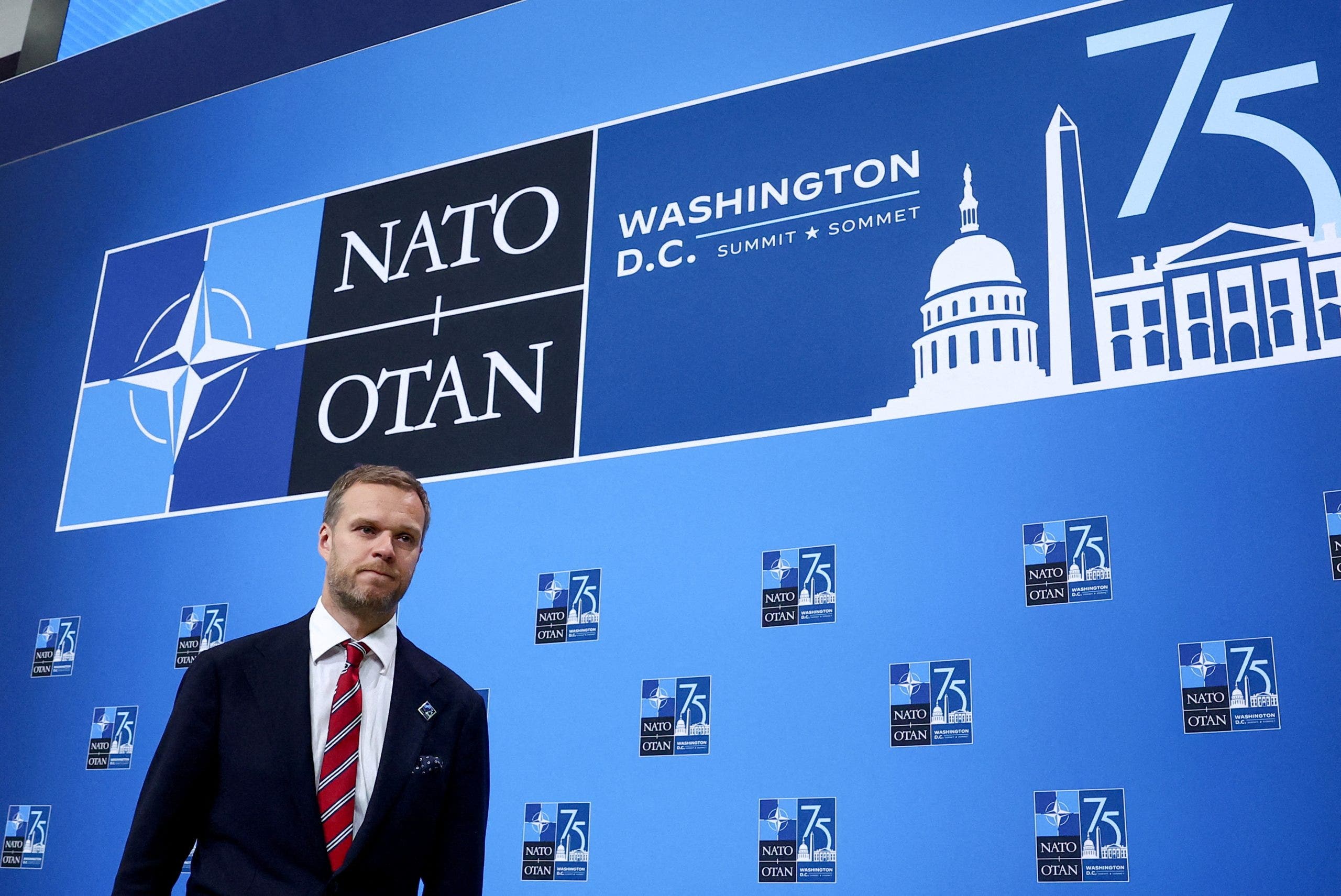Slovakia’s leader was attacked
Robert Fico, Slovakia’s prime minister, was shot five times and critically wounded yesterday, the most serious attack on a European leader in decades. Officials said the attack appeared to have been an assassination attempt and was politically motivated. The police said a suspect had been detained.
Fico was rushed to a nearby hospital and then airlifted to another hospital for emergency surgery. Hours later, the deputy prime minister, Tomas Taraba, told reporters that Fico’s life was no longer in danger and that he expected the prime minister to survive.
Videos from the scene showed the gunman shooting Fico in Banikov Square, in the center of the town of Handlova. The attacker stood with other people behind a barrier before shooting Fico at close range as he greeted them.
Who is Robert Fico? The 59-year-old politician is serving his third term. He has aligned with the Hungarian prime minister, Viktor Orban, in opposing aid to Ukraine and has strong ties to Russia’s leader, Vladimir Putin.
Russia’s momentum in Ukraine has U.S. worried
The White House is watching as Russia’s new offensive picks up speed in Ukraine’s northeast. U.S. officials are privately concerned that it could change the trajectory of the war, perhaps even reversing Russia’s once-bleak prospects. See maps of Russia’s advances.
Moscow’s electronic warfare techniques — which came to the battlefield late — have taken out artillery and drones provided by the U.S. and NATO. And the delay in U.S. aid allowed Russia to gain a huge artillery advantage. Ukraine’s lack of air defense ammunition meant Russia could use its air power with more impunity.
Analysis: Some experts say that Moscow’s true goal in taking territory around Kharkiv is to force Ukraine to reinforce the city, weakening front lines elsewhere. A thinly spread Ukrainian military could give Russia the chance for another push in June.
Dutch right-wing parties made a preliminary deal
After nearly six months of negotiations, four right-wing parties in the Netherlands said that they had reached a preliminary agreement to form a government that would exclude Geert Wilders, a populist politician, from becoming prime minister.
If the agreement is approved, the four parties would work together in a form slightly different from what the Netherlands is used to: with a cabinet that includes political outsiders and a prime minister who is not the leader of one of the governing parties.
King Charles III’s red portrait
Royal portraits tend to be predictable affairs. But a new official portrait of King Charles III, painted by Jonathan Yeo, has surprised even its subject — and has created something of a controversy.
Some onlookers said the king looked as if he were “burning in hell” or “bathing in blood,” while others compared it to a possessed portrait in “Ghostbusters II.” A reference to “colonial bloodshed” rounded out the theme.
This is not the first polarizing royal portrait. Take a spin through some other surprising or contentious paintings of royals.






